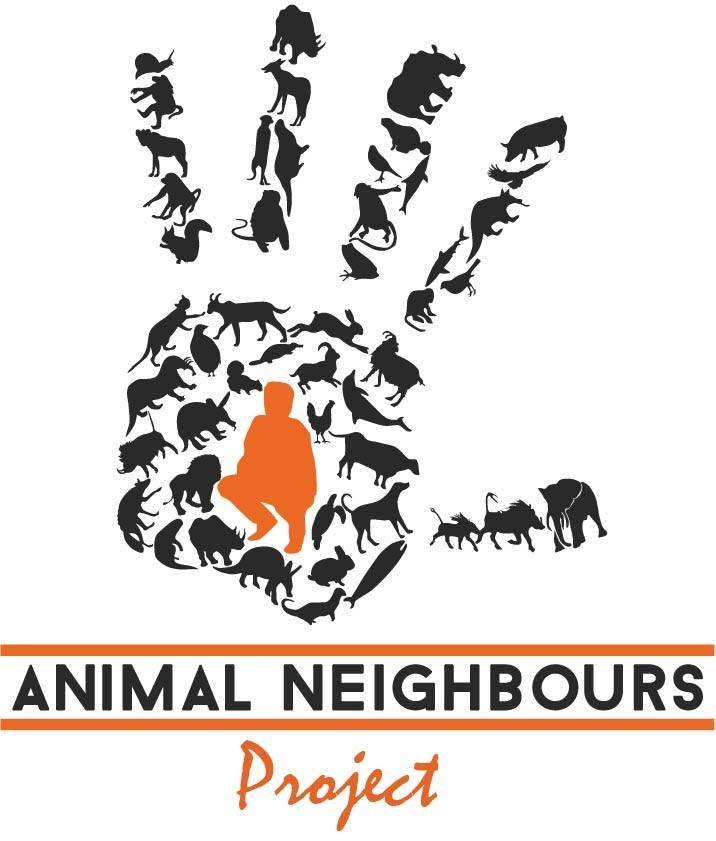Project History
The Animal Neighbours project is the brainchild of veterinarian, Sharmini Julita Paramasivam who started the project to increase the awareness about coexisting harmoniously with wildlife.
The idea to start a project started in Malaysia in 2014, following an outcry about macaques being killed inhumanely. Macaques were reported to be encroaching human settlements and were being considered ‘pest’. Having worked with macaques for several years in Indonesia, Sharmini felt that more needed to be done to understand the situation and create an action plan for a long term sustainable solution.
Following a change of opportunities in 2016, ANP became an official project at the School of Veterinary Medicine, University of Surrey. Through a crowdfunding effort, the project raised funds to kick start its first education and awareness about human wildlife conflict in the UK and Malaysia.
The project continues to carry out research and advocacy in Malaysia and expands its education programmes on responsible tourism and wildlife appreciation in the UK. We are keen to forge new collaborations to research and educate on this topic.
Vision
“Our vision is a tolerant and harmonious ecosystem in which humans and wildlife can share and flourish.”
Mission
“Our mission is to improve human animal relationships in shared spaces through education, research and advocacy.”





Logo Explained
The Animal Neighbours Project logo was designed by Ben Capehorn, a veterinarian who graduated from the University of Surrey.
The individual in the middle of our logo represents humans at the centre of conflict situations; simultaneously it indicates that people have the largest role to play to mitigate human wildlife conflict.
Human-animal interaction does not only affect wild animals but domesticated and aquatic animal as well. Thus, all the animals depicted in the logo represent the most common animals that share spaces with humans.
The five fingers are synonymous to the five freedoms, a welfare standard that represents the minimum criteria to ensure the well-being of any animal is met.
We believe that solutions to tackle human-animal conflict must begin with people. It starts with cultivating little habits, such as how garbage is disposed of and how we behave around animals that slowly incite change towards this conflict. Thus, the handprint is symbolic of the combined effort and the increasing role that the community plays in making these productive changes.